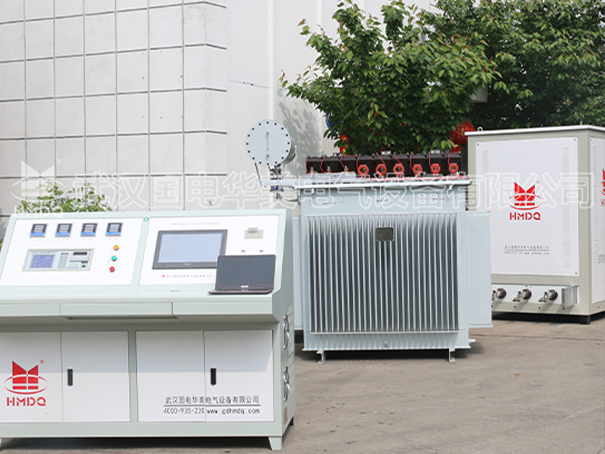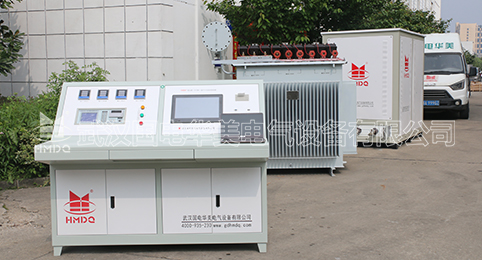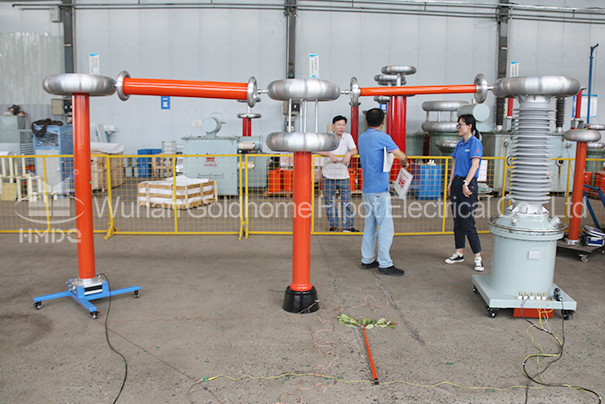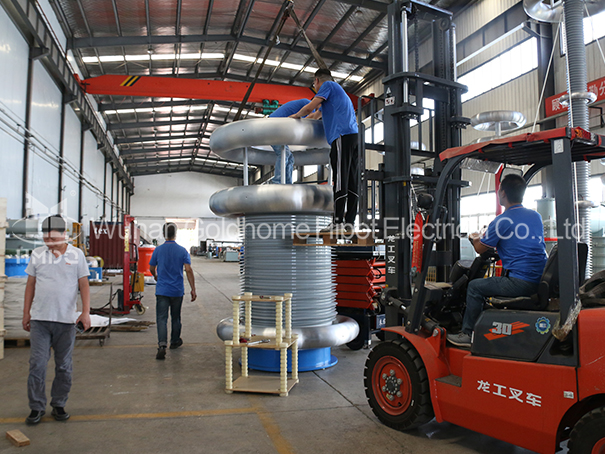The principle of the primary current injection test set-up

The principle of a primary current injection testing device is a fundamental concept in the field of electrical engineering.This testing method involves injecting a controlled current into a circuit to assess its performance and identify potential faults or weaknesses.
The primary current injection testing device operates by utilizing a high-capacity current source,typically a generator or transformer,to deliver a precisely controlled current into the circuit under examination.This injected current can be adjusted to simulate various operating conditions and stress levels,allowing engineers to evaluate the circuit's response and performance.
One of the key advantages of using a primary current injection testing device is its ability to apply a high magnitude of current,far exceeding the normal operating conditions.This ensures that the circuit is thoroughly tested under extreme conditions,providing a more comprehensive assessment of its capabilities and potential vulnerabilities.
Furthermore,this testing method allows for the identification of faults that may be difficult to detect through other means.By injecting a known current into the circuit,engineers can analyze the circuit's behavior and identify any abnormal responses,such as excessive heating,voltage drops,or unexpected current flow.These observations can help pinpoint the location and nature of the fault,facilitating targeted repairs or maintenance.
In summary,the principle of a primary current injection testing device is to inject a controlled current into a circuit to evaluate its performance and identify potential faults.This testing method offers a comprehensive assessment of the circuit's capabilities under extreme conditions and enables the detection of faults that may be challenging to identify otherwise.Its application in the field of electrical engineering contributes to the overall reliability and safety of electrical systems.
The primary current injection testing device operates by utilizing a high-capacity current source,typically a generator or transformer,to deliver a precisely controlled current into the circuit under examination.This injected current can be adjusted to simulate various operating conditions and stress levels,allowing engineers to evaluate the circuit's response and performance.
One of the key advantages of using a primary current injection testing device is its ability to apply a high magnitude of current,far exceeding the normal operating conditions.This ensures that the circuit is thoroughly tested under extreme conditions,providing a more comprehensive assessment of its capabilities and potential vulnerabilities.
Furthermore,this testing method allows for the identification of faults that may be difficult to detect through other means.By injecting a known current into the circuit,engineers can analyze the circuit's behavior and identify any abnormal responses,such as excessive heating,voltage drops,or unexpected current flow.These observations can help pinpoint the location and nature of the fault,facilitating targeted repairs or maintenance.
In summary,the principle of a primary current injection testing device is to inject a controlled current into a circuit to evaluate its performance and identify potential faults.This testing method offers a comprehensive assessment of the circuit's capabilities under extreme conditions and enables the detection of faults that may be challenging to identify otherwise.Its application in the field of electrical engineering contributes to the overall reliability and safety of electrical systems.




